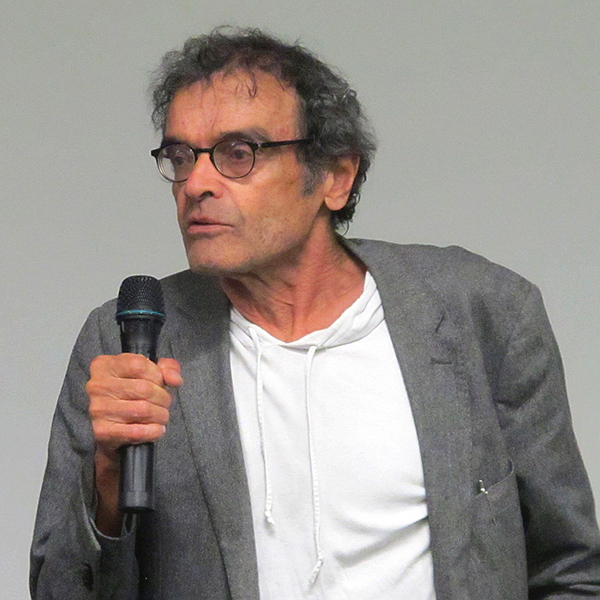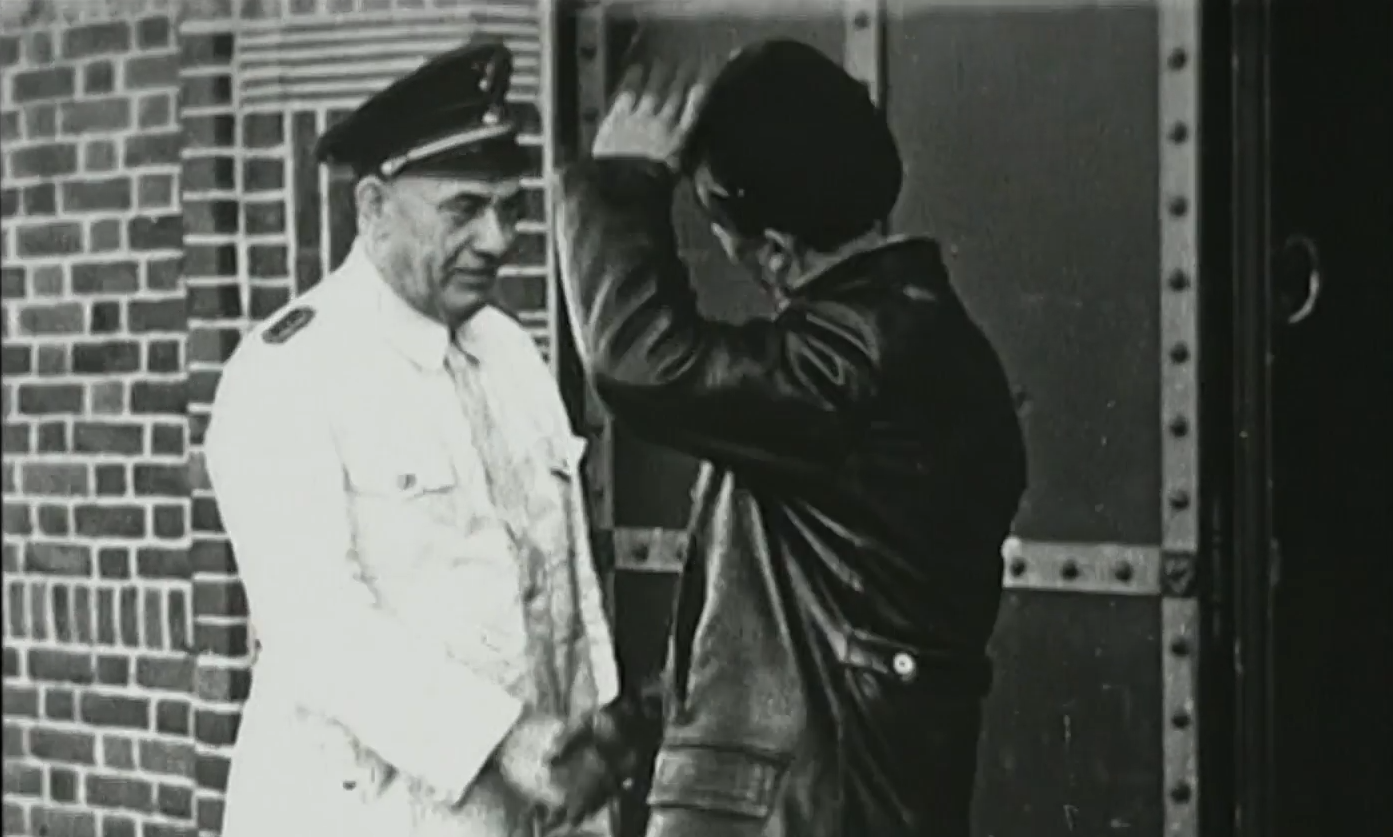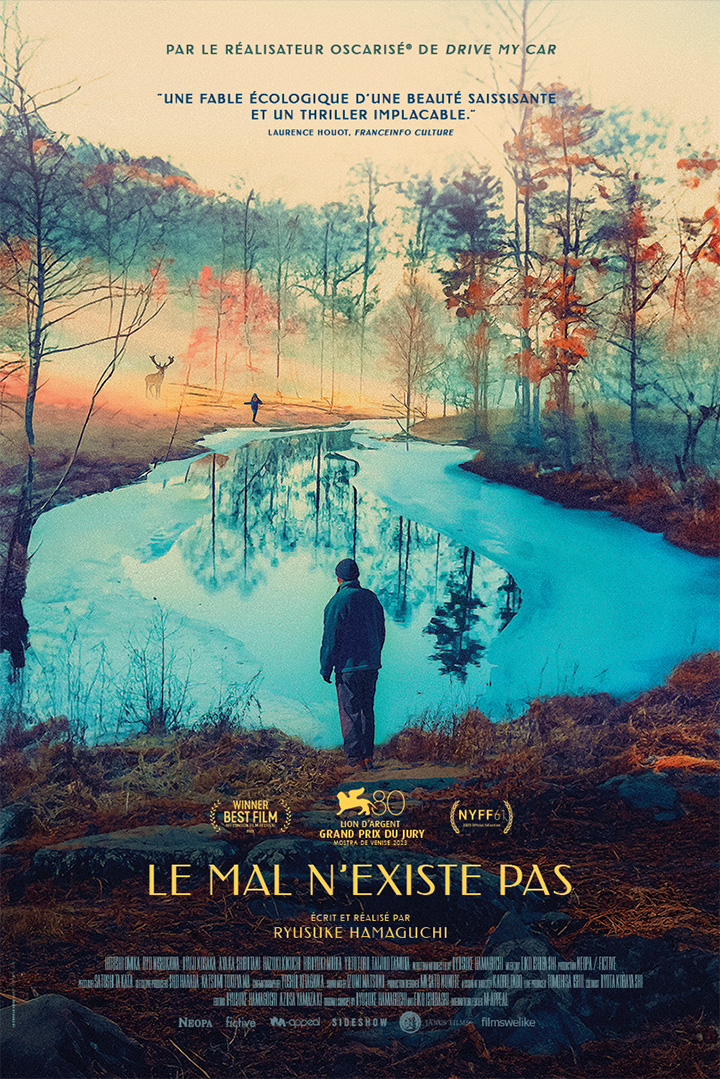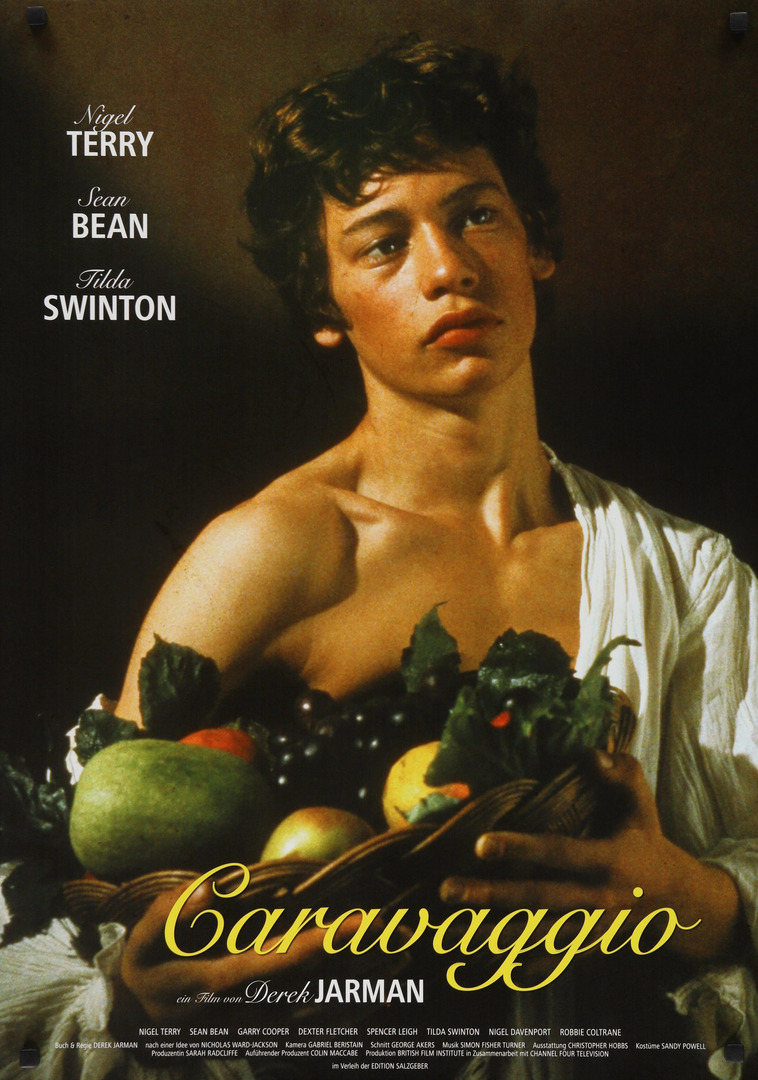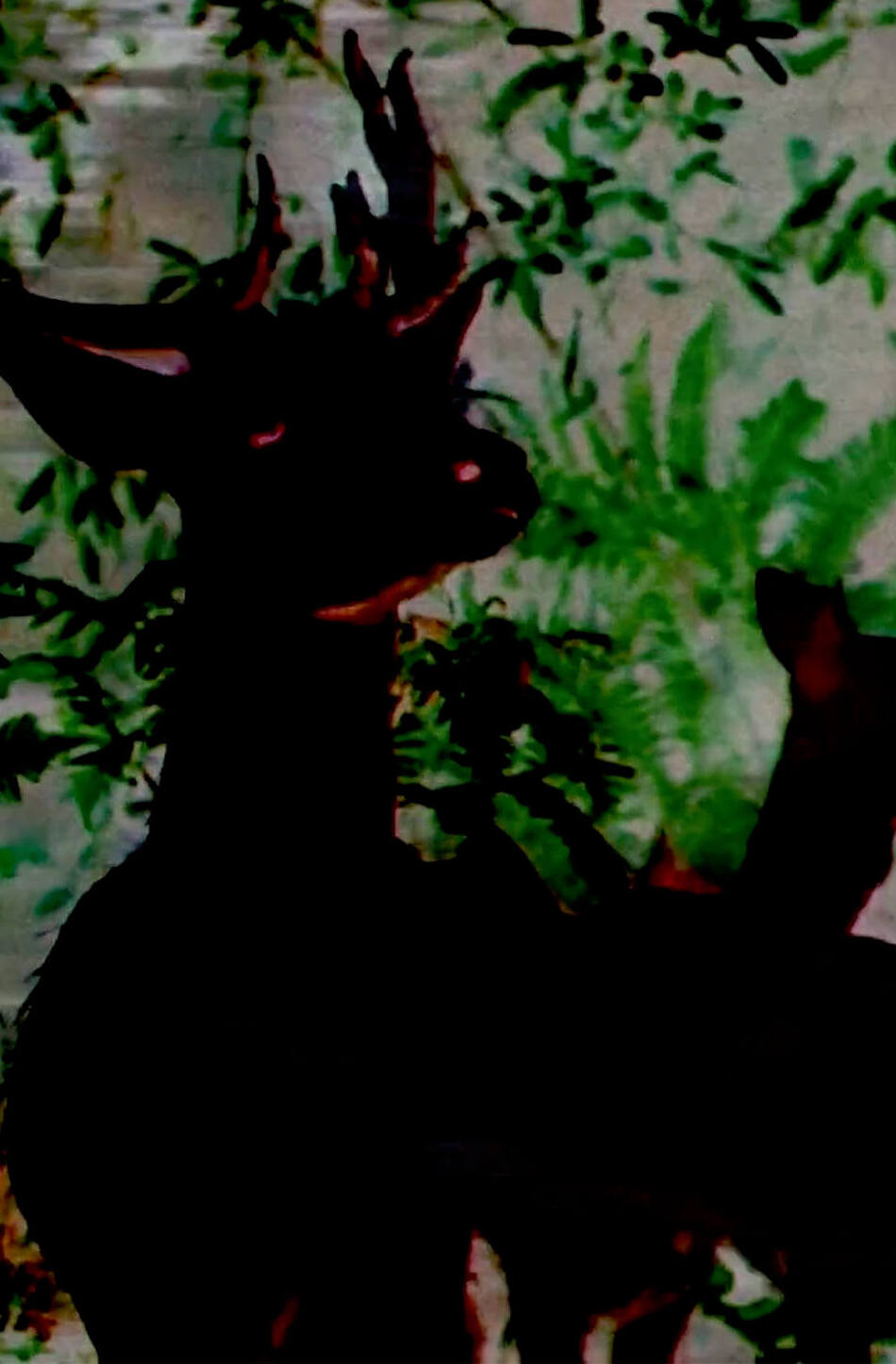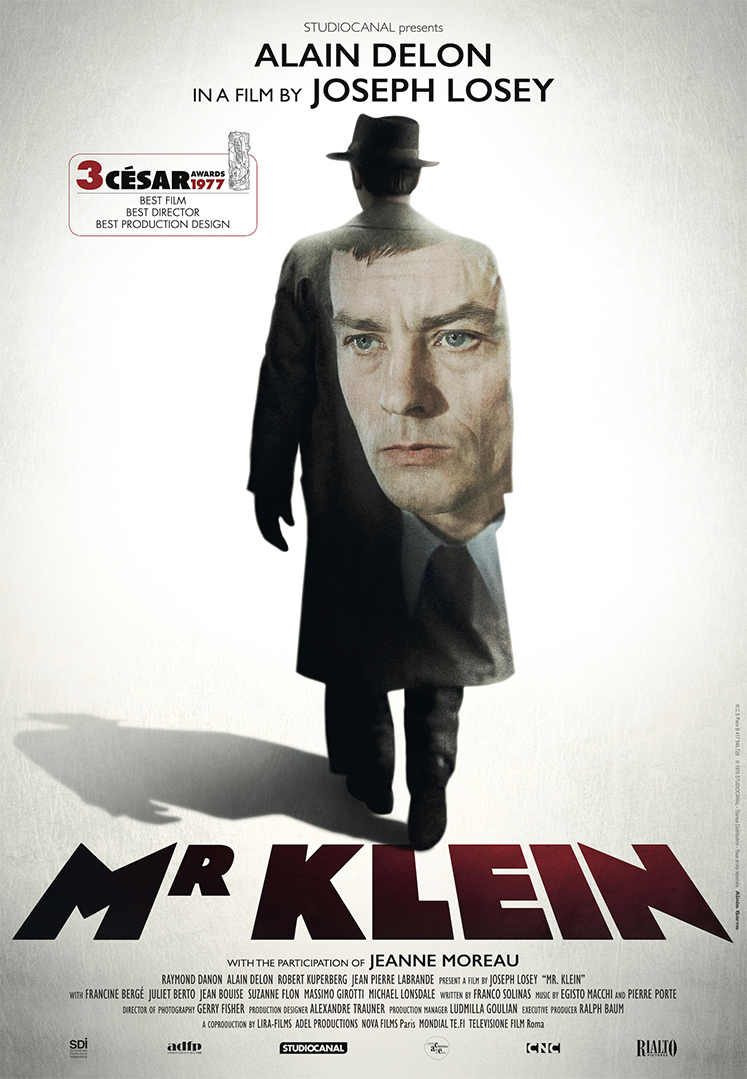Workers Leaving the Factory + Prison Images
Harun Farocki is one of the leading figures of the film-essai movement in recent decades. His ambitious cinema takes viewers on an in-depth journey into the history of moving images and media, offering a sometimes scathing analysis of them. His approach goes beyond cinema, embracing literature and the visual arts. This cycle concludes with the opening lecture of a symposium dedicated to the filmmaker on the tenth anniversary of his death.
Workers Leaving the Factory – such was the title of the first cinema film ever shown in public. In his documentary essay of the same title, Harun Farocki explores this scene right through the history of film. The result of this effort is a fascinating cinematographic analysis in the medium of cinematography itself, ranging in scope from Chaplin's Modern Times to Fritz Lang's Metropolis to Pier Paolo Pasolini's Accattone. Farocki's film shows that the Lumière brothers' sequence already carries within itself the germ of a foreseeable social development: the eventual disappearance of this form of industrial labor. (Klaus Gronenborn)
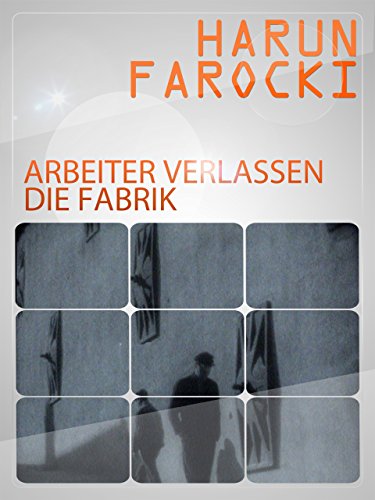
A film composed of images from prisons. Quotes from fiction films and documentaries as well as footage from surveillance cameras. A look at the new control technologies, at personal identification devices, electronic ankle bracelets, electronic tracking devices. (Harun Farocki)
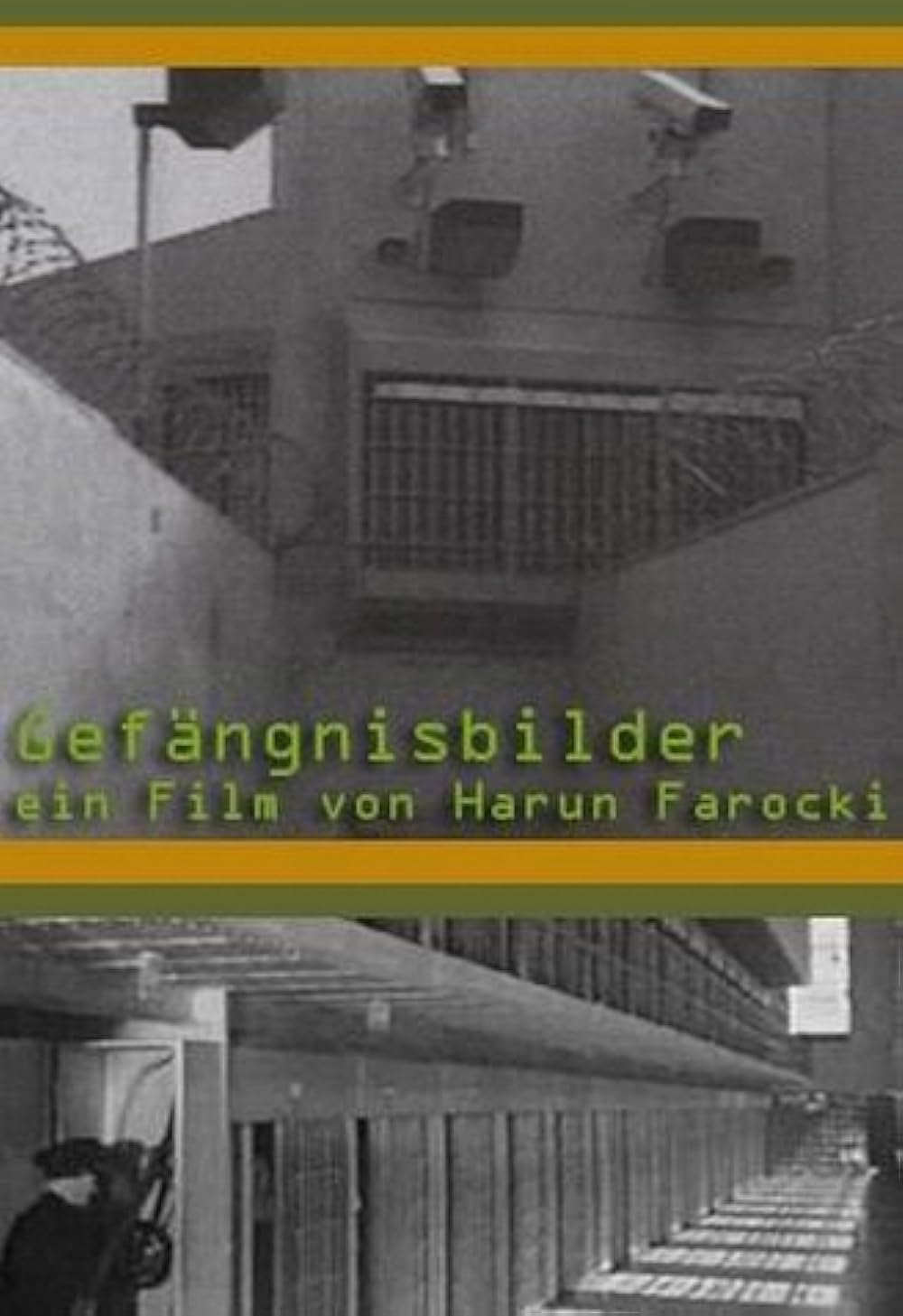
Harun Farocki
Born Harun Faroqhi in 1944 in Neutitschein, Bohemia-Moravia (in today's Czech Republic), to an Indian immigrant father and a German mother, Farocki grew up between India and Indonesia in the post-war period, before his family relocated to Germany in the late 1950s. Influenced by Bertolt Brecht, Theodor Adorno and Jean-Luc Godard, he studied at the German Film and Television Academy in Berlin and began directing his first films in the 1960s. From the outset, he turned to essays, experimental documentaries and installations, constantly questioning the political weight of images. He was also editor of the journal Filmkritik, and taught at the University of California in Berkeley, and at the Academy of Fine Arts in Vienna.
